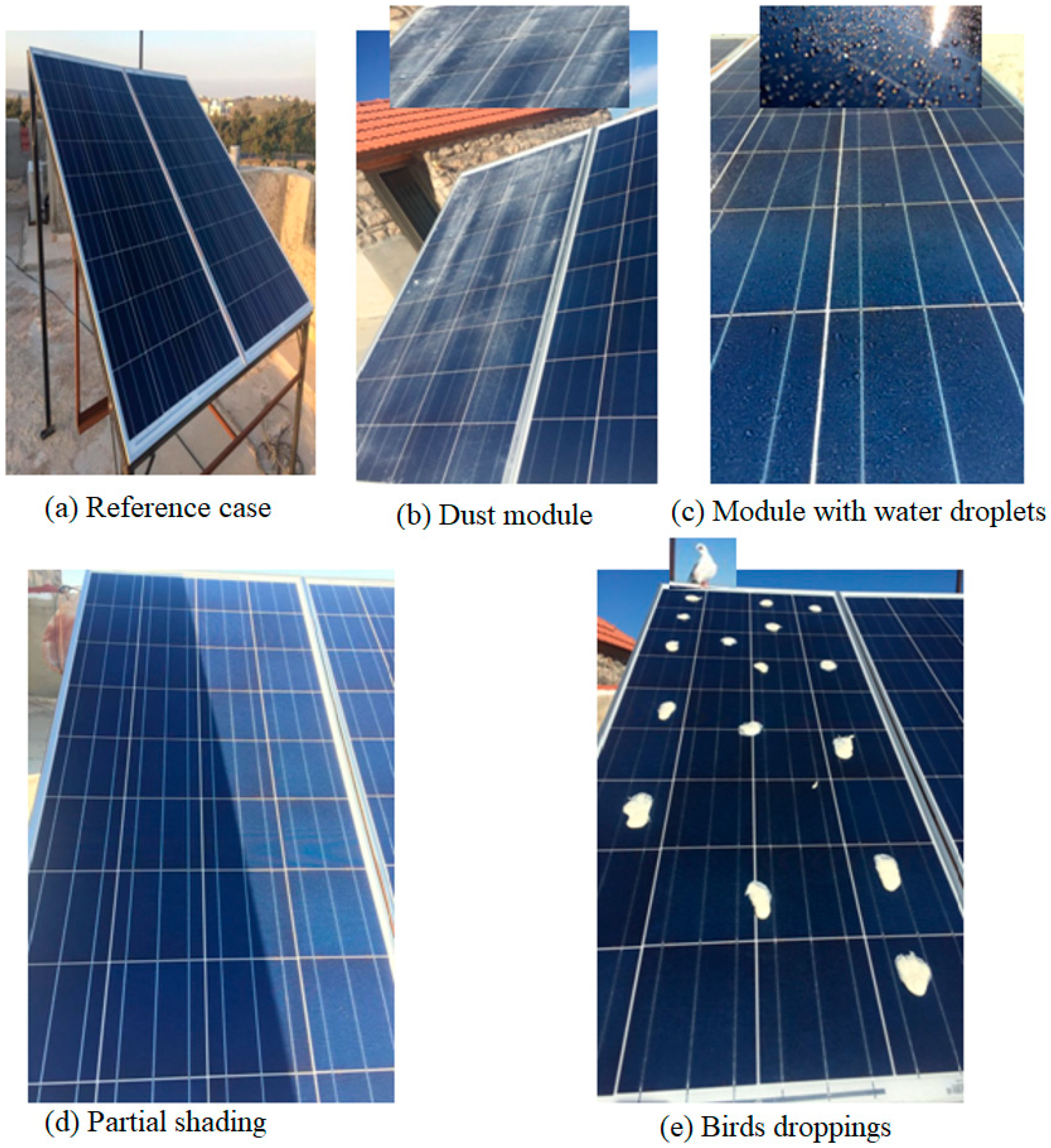At forbes michael shellenberger highlights another problem with solar energy.
Environmental wellness and solar panel.
The amount of land needed for a solar panel installation depends on the needs of the area the technology used and the intensity of the equipment.
Whilst some solar thermal and concentrated solar collectors do use toxic fluids the level is often far lower than that of a traditional power plant.
The last few years have seen growing concern over what happens to solar panels at the end of.
The environmental impact of solar panels.
Solar energy is terrible for the environment in a number of ways including the fact that large land areas must be devoted to it.
Most solar panels on the other hand do not require such fluids and are better for the environment.
Here we will examine the positive and negative environmental impacts of solar panels and what the future has in store for the solar energy industry.
The use of solar energy does not only save you money but the environment benefits too.
Regular electricity is produced by the use of tons of water and the burning of fossil fuels which have harsh effects on the environment.
The average lifespan of a solar panel is about 20 years but high temperatures as in the mojave desert can accelerate the aging process for solar cells and snow dust and other natural events tornadoes earthquakes can cause material fatigue on the surface and in the internal electric circuits gradually reducing the panel s power output.
This is primarily to ensure adequate life cycle management and compliance with standards but is also necessary for panel waste management and eligibility to participate in calls for tenders.
Negative environmental impacts solar panels.
Nowadays measuring the environmental impact of photovoltaic or thermal solar panels is mandatory.
The environmental cost or breakeven point of solar panels is approximately 2 3 years.
This means that the amount of energy needed to manufacture the panel is regenerated after 2 3 years of solar production of the solar panel.
The sun provides a tremendous resource for generating clean and sustainable electricity without toxic pollution or global warming emissions.
People all over the globe install solar panels to help cut down on electricity costs.
Environmental scientists and solar industry leaders are raising the red flag about used solar panels which contain toxic heavy metals and are considered hazardous waste.
What type of impact can solar panels have on the environment.
The potential environmental impacts associated with solar power land use and habitat loss water use and the use of hazardous materials in manufacturing can vary greatly depending on the technology which includes two broad categories.
When a large solar panel facility is installed there are concerns about land degradation and the loss of habitat.
Like everything in life there are upsides and downsides.
It produces vast quantities of hazardous waste which are not being adequately dealt with.
Let s start by stating the obvious solar power isn t perfect.

